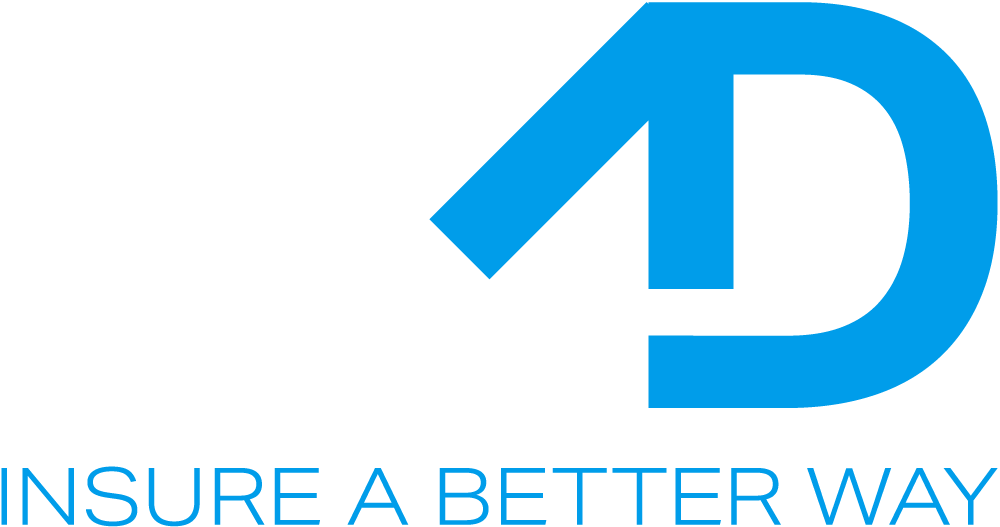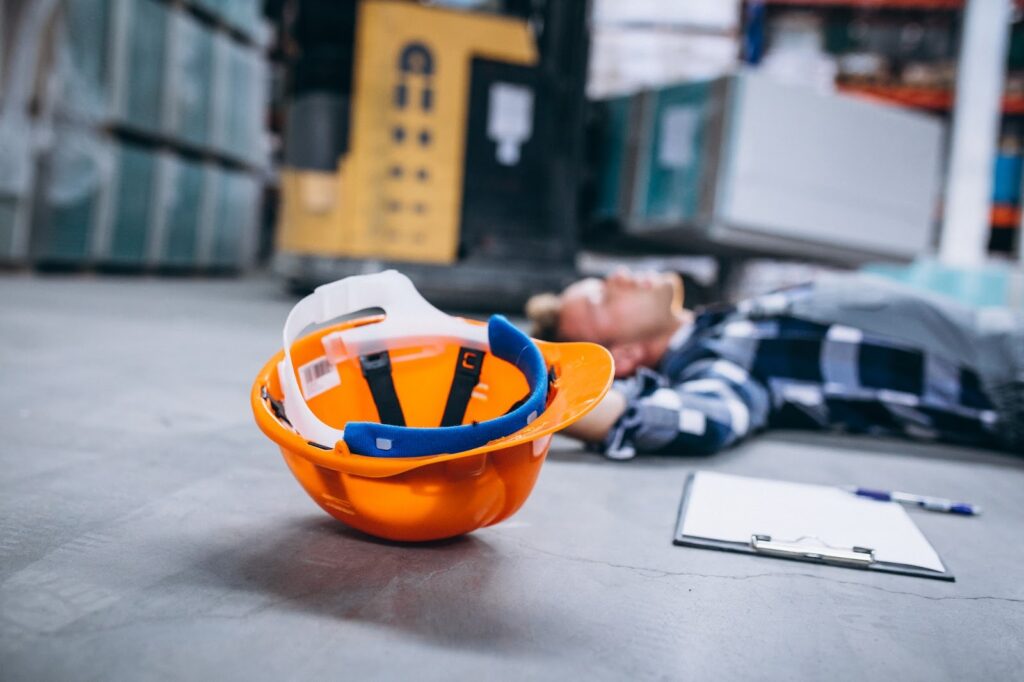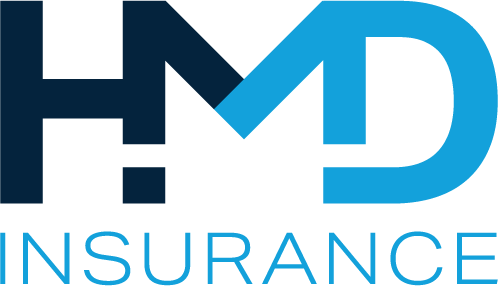When running a business, it’s important to understand the types of insurance you need. Two key types are public liability insurance and products liability insurance.
Public liability insurance covers claims made by the public for injuries or damage that happen on your business premises.
In contrast, products liability insurance protects against claims related to injuries or damage caused by the products you sell. Knowing the difference between these two types of insurance can help you choose the right coverage for your business needs.
What is Public Liability Insurance?
Public liability insurance is designed to protect businesses from legal liability that may arise from injuries or damages sustained by members of the public while on the business premises or as a result of business operations.
Specifically, public liability relates to injury or damage caused by the actions of the business or its employees.
This type of insurance covers legal costs and compensation claims made against the business, ensuring that financial burdens do not hinder its operations. It provides peace of mind, knowing that if a member of the public is injured, the business has the necessary liability insurance cover to address such incidents.
Almost every business, regardless of its size or industry, should consider obtaining public liability insurance.
Small business insurance is particularly critical for those who interact directly with the public, such as retailers, contractors, and service providers.
If your business involves physical interaction with clients or customers, the need for public liability insurance is evident. Additionally, businesses that host events or have visitors on-site are also at risk of potential claims, making this insurance a vital component of their overall management liability insurance strategy.
Key Features of Public Liability Insurance
Public liability insurance typically includes several key features that enhance its effectiveness. It provides coverage for legal fees incurred in defending claims, compensation payments awarded to injured parties, and costs related to settlement agreements.
Furthermore, a public liability policy may cover incidents that occur away from the business premises, which is essential for businesses that operate in various locations. Some policies may also provide additional benefits, such as coverage for damage to third-party property, ensuring that businesses have comprehensive protection against potential legal liabilities.
What is Products Liability Insurance?
Products liability insurance is specifically designed to protect businesses from claims related to injuries or damages caused by their products. This type of insurance covers legal liability when a product sold or manufactured by the business causes harm to consumers.
Products liability relates to injury that results from defects in product design, manufacturing errors, or inadequate warnings about product risks. The purpose of products liability insurance is to safeguard businesses from the financial repercussions of legal claims and ensure that they can continue to operate without being financially overwhelmed by lawsuits.
Any business involved in the production, distribution, or sale of products should strongly consider products liability insurance.
This includes manufacturers, wholesalers, retailers, and even importers. If your business sells any type of product, there is a risk that a consumer may claim it caused injury or damage. Therefore, having products liability insurance as part of your overall insurance cover is essential to protect your business from potential lawsuits and claims arising from product-related incidents.
Key Features of Products Liability Insurance
Products liability insurance offers several key features that are crucial for businesses. It typically covers legal costs associated with defending against claims, compensation for damages awarded to plaintiffs, and settlement costs. Furthermore, this insurance may also cover claims arising from product recalls, which can be particularly damaging for businesses if a product is found to be defective and poses a risk to consumers.
By investing in products liability insurance, businesses can shield themselves from the financial impact of claims related to their products, ensuring sustainability and continuity in their operations.
What is the Difference Between Public Liability and Products Liability Insurance?
Public liability insurance and products liability insurance are two types of liability cover that protect businesses from claims made by third parties. The main difference lies in what triggers the claims. Public liability insurance covers claims for injury or property damage that occur as a result of your business activities.
For example, if a customer trips over a wire left on the floor during a service, they might make a claim against you. On the other hand, products liability insurance covers claims arising from injuries or damages caused by products you manufacture or sell. If a product you sold causes harm to someone, that would fall under products liability.
Another key difference is who needs these types of insurance. Any business that interacts with the public should need public liability insurance to protect against potential accidents. This includes shops, service providers, and contractors.
In contrast, products liability insurance is essential for businesses involved in manufacturing or selling goods. For example, a restaurant needs this insurance if it serves food products that could cause personal injury or damage to their property if they are defective.
Both types of insurance are not legally required but are often necessary for businesses to operate safely and responsibly. They help cover legal costs and compensation in case of claims. When considering your business needs, it is important to take into account the risks associated with your operations and products to ensure you have the right coverage in place, including options like professional indemnity insurance if applicable.
Claims Process for Public Liability vs. Products Liability
The claims process for public liability and products liability involves several clear steps. First, you need to gather all relevant information about the incident. This includes details about what happened, when it happened, and who was involved.
If the incident caused any injuries or damage to property, make sure to document this as well. You may also want to collect witness statements and photographs of the scene. This information is essential for your claim under your public and products liability cover.
Next, you should notify your insurance company about the incident as soon as possible. This is important because there are time limits on how long you have to make a claim. When you contact your insurer, provide them with all the details you collected.
They will guide you on how to fill out the necessary forms and what additional information they may need. Your insurance policies will outline the specific steps for filing a claim, including any required documentation. Make sure to ask questions if anything is unclear.
After submitting your claim, your insurance company will assess it. They will look at the level of public liability claims and determine whether they will pay compensation. The amount of compensation can depend on various factors, such as the amount of cover in your policy and the severity of the incident. If your claim is approved, they will inform you about how much they will pay for any injuries or damages caused by any products involved in the incident.
Why Do Businesses Need Both Public and Products Liability Insurance?
Businesses need both public and products liability insurance to protect themselves from various risks. Public liability insurance may cover claims made by clients or the public for injuries or property damage that occur due to business activities.
For instance, if a customer slips and falls in a store, this insurance can help cover the costs associated with medical bills and legal fees. The public liability limits set by the policy determine how much coverage is available for such claims, ensuring that businesses are financially protected against potentially high costs.
On the other hand, products liability insurance is essential for businesses that sell goods. This type of insurance protects against claims that arise from injuries or damages caused by products sold or supplied by the business. If a product malfunctions and injures a customer, this insurance can cover legal costs and compensation.
Many insurance products have a combined public and products liability option, allowing businesses to simplify their coverage while ensuring comprehensive protection. This combination is beneficial for businesses that interact with the public and also sell products.
Having both types of coverage allows businesses to effectively cover your business against a wide range of liabilities. Without this protection, a single claim could lead to significant financial strain or even bankruptcy.
Therefore, understanding how liability insurance protects against various risks is crucial for any business owner. By investing in these insurances, you ensure that you are covered by our public liability policies and safeguarded from unforeseen events that could jeopardise your operations.
How to Choose the Right Insurance Broker for Your Liability Insurance Needs?
Choosing the right insurance broker is crucial for obtaining suitable public and products liability insurance. When selecting a broker, consider their experience, expertise in business insurance, and reputation in the industry.
A knowledgeable broker will help you navigate the complexities of different insurance products and tailor coverage that meets your specific needs. Ensure that the broker has a solid understanding of the risks associated with your business and can provide insights into the best insurance options available.
Before finalising your choice of an insurance broker, it’s essential to ask pertinent questions. Inquire about their experience with public and products liability insurance, the types of clients they usually work with, and their approach to risk management.
Additionally, ask about their claims process and how they support clients during claims. A reliable broker should be transparent about their processes and willing to provide you with the information necessary to make informed decisions regarding your liability insurance cover.
Conclusion
The main difference between public liability insurance and products liability insurance lies in what they cover. Public liability insurance protects businesses from claims made by the public for injuries or damage during business activities, while products liability insurance covers claims related to injuries or damages caused by products sold by the business.





